
Sustainable Development Goals (SDGs): All You Need to Know
The United Nations has defined 17 goals, aimed at creating a better world. What are these so-called "Sustainable Development Goals" ? Explanations.
ESG / CSR
Industries



Biodiversity loss is a growing threat to humankind and the survival of Earth’s fragile ecosystems. It is essential for the supply of the basic necessities of life on earth, such as the provision of water, food and other crucial resources. Sadly, biodiversity is increasingly under threat and human activity is pushing us to the brink of what some are calling the ‘sixth mass extinction’.
👉 In this article we’ll explore why biodiversity is so important, why it’s under threat, and what the repercussions for humankind could be if we don’t take urgent action to protect it.
In its most simple terms, biodiversity is a contraction of the words ‘biological diversity’ and is the variety of different kinds of life that you find on Earth. Whether it’s the animals, birds, insects, plants, fungi, or microorganisms, they all come together to form a finely balanced and intricate community - otherwise known as an ecosystem.
Biodiversity is composed of different levels, starting with the most basic building blocks of life - genes - and building up to individual species, then whole communities of creatures, and finally entire ecosystems, such as a forest or river where all of the different elements come together to interact. These different elements have formed over long periods of time and have found a balance that allows them to survive together in their particular environment.
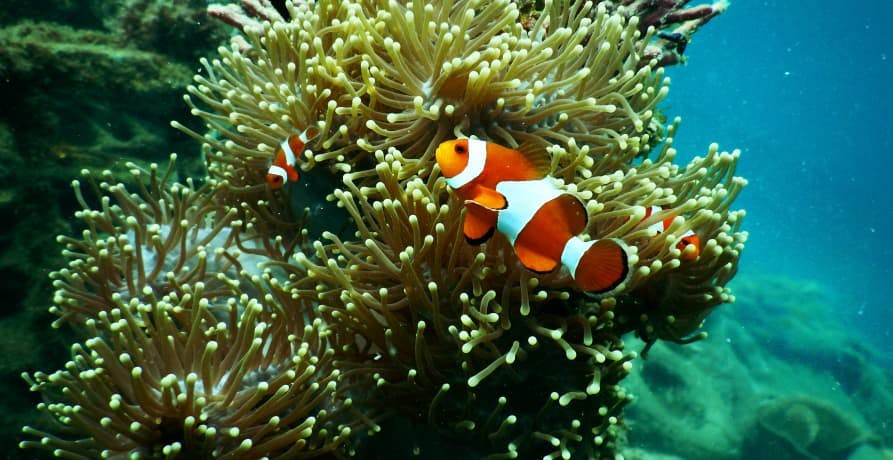
Biodiversity is one of the most crucial components on planet Earth, it is essential for the very processes that support life and without it the entire support system for life would collapse. We rely on biodiversity to provide us with the essential elements that we need to survive - food, water, the provision of ingredients for medicines, not to mention the benefits it brings in terms of protecting us from extreme weather events.
From the largest animals to the smallest microorganisms, they all have a part to play. Most people realize that animals and nature are important - they’re easy to see and to appreciate. However, what many people don’t realize is that the bugs and tiny bacteria are also important members of an ecosystem. Let’s take a look at some of the organisms that we tend to take for granted but are actually incredibly important to life on Earth:
Pollination is the transfer of the pollen grain from the male part of the flower to the female part of the flower, allowing fertilization to take place and for the species to continue to grow. However, since plants can’t move they rely on pollinators such as bees, birds and other insects to carry the pollen from plant to plant.
Pollinators are responsible for as much as a third of global crop production. It’s thanks to them that we're able to enjoy a wide variety of fruits, vegetables and nuts. Not only this, but the plants that they pollinate also account for around half of the world’s supply of oils, fibers and raw materials. Worryingly, pollinators (and in particular bees) are under threat. Changing ecosystems mean that they’re struggling more and more to find food, and are becoming increasingly susceptible to disease and pests. The threat to bees represents a threat to us all since they’re such an important part of the agricultural process.
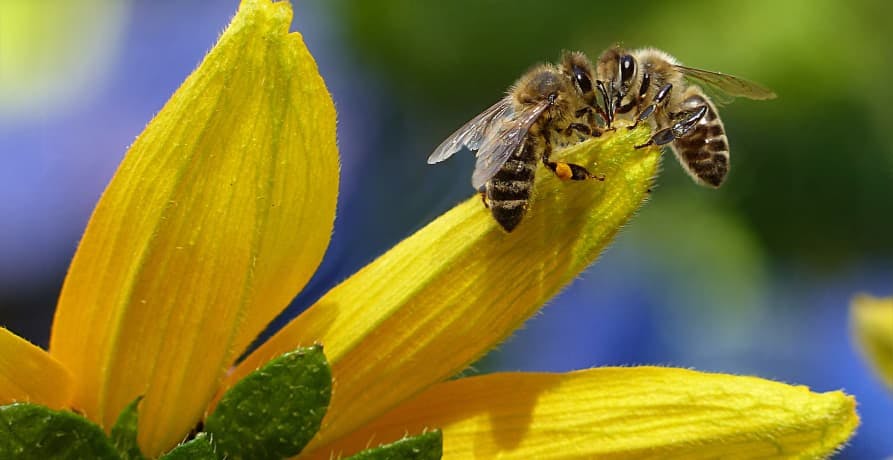
Invertebrates (ie. animals that don’t have a spine) include species such as spiders, worms, and other insects. And while many people might feel disgust by these creatures (or even fear!) they’re actually a very important component of food production.
Invertebrates help to put food on our table by creating and maintaining soil quality - something that is essential for the production of high-quality and nutritious food. If we see a decline in their numbers and species we can also expect to see poorer quality soil and food with lower nutritional value.
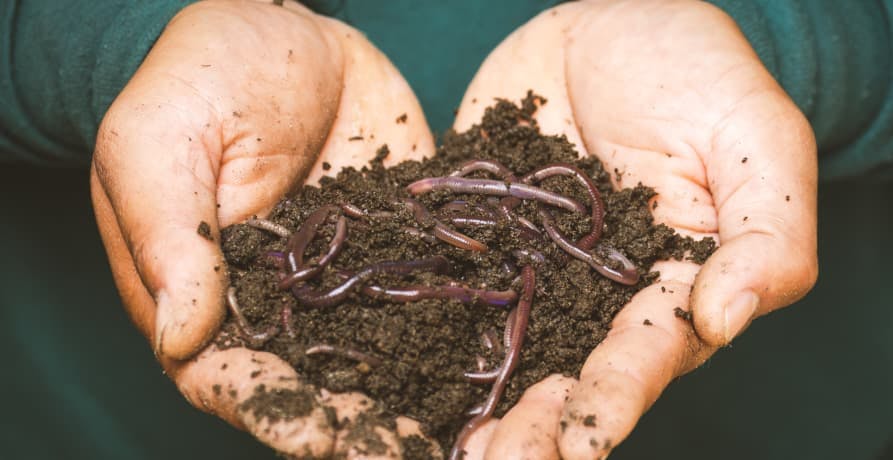
Microbes are another one that we have to thank for the production of nutritious ingredients. The soil is full of microbes that we can’t see. They provide important functions such as biological pest and disease control, and the biodegradation of pollutants and other waste materials, while also promoting plant growth by ensuring that they get the required nutrients. Much like invertebrates, changes to the microbial makeup of our soil can impact the health of the agricultural soil and also have effects on crop outputs.
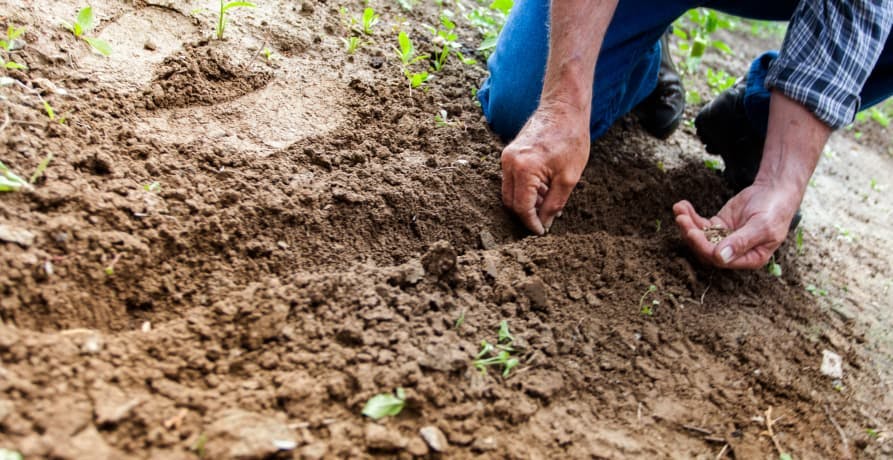
Biodiversity loss is the destruction or decline of biological diversity. Worryingly, species of plants and animals are disappearing quicker than ever before, in no small part because of human activities.
The loss of one species may not sound like a big problem, but because of the complexity of our ecosystems, even one species loss can have a profound impact on the whole interconnected system.
The WWF’s (World Wildlife Fund) Living Planet Report 2022 highlighted that we are now living through two crises and that both our climate and biodiversity is under threat. These two growing challenges are effectively two sides of the same coin in that they’re being driven by the unsustainable use of our planet’s resources. So what exactly are the primary driving forces behind biodiversity loss?
Humans are responsible for modifying the use of many ecosystems. This ranges from their complete destruction (for example where the Amazon rainforest is bulldozed to make way for agricultural land), to their alteration and reduction in quality (for example where unsustainable agricultural practices gradually harm the ecosystem and change its biological makeup).
The main human activities that are responsible for habitat loss and environmental degradation are logging, mining, unsustainable farming, housing or commercial development, energy production and transportation.
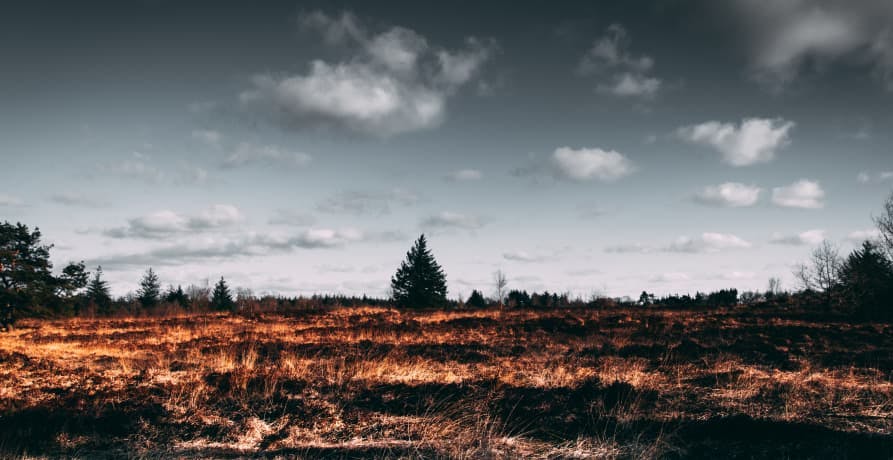
Overexploitation can be either direct or indirect. Direct overexploitation is human activity that directly targets certain species for commercial purposes or sustenance, for example unsustainable hunting or harvesting, and poaching. Indirect cases of overexploitation are where species are unintentionally killed as a by-product of human activity, for example when marine life is accidentally trapped in fishing nets.
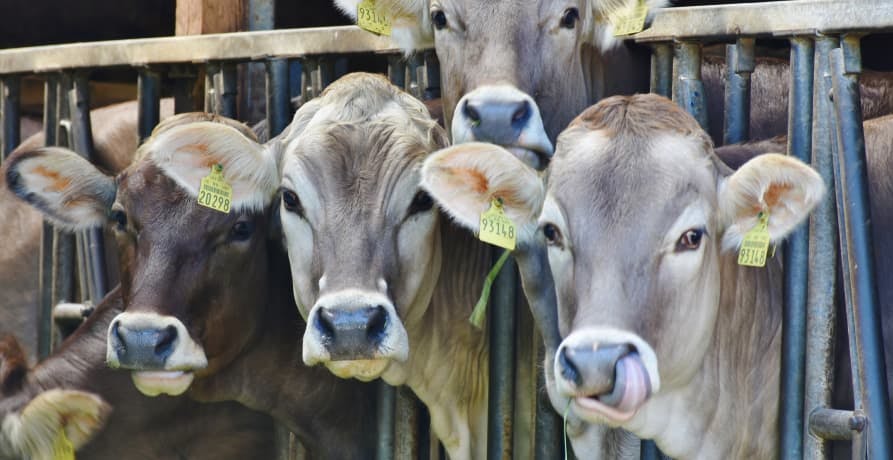
Humans are responsible for directly introducing invasive species of animals and plants to ecosystems. This is a harmful practice that brings with it the risk of the introduction of new disease, introduces new predators that threaten native species, and creates competition for resources (new species take up space, compete for food and other resources).
The changing climate is also causing species to migrate and change location which is creating friction in well-established ecosystems.
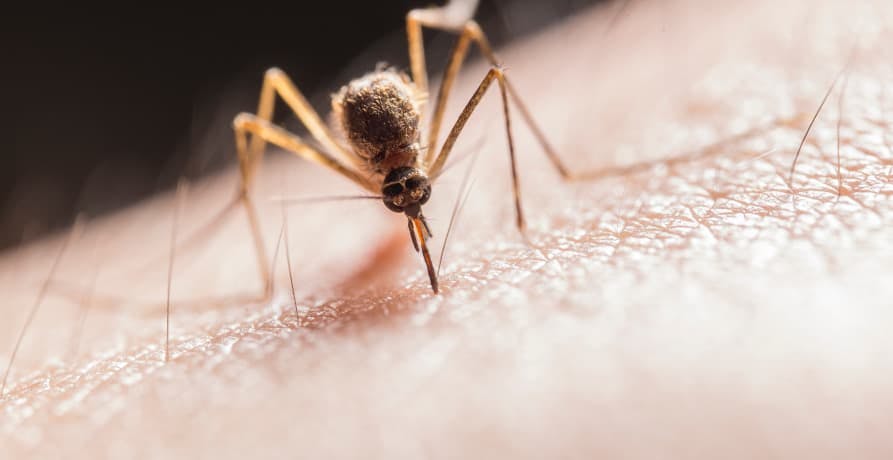
Man-made pollution can have profound effects on biodiversity, making ecosystems uninhabitable for different species. The most striking example is that of an oil spill. We’ve all seen the devastating images of birds and other sea animals coated in the thick tarry substance. However, pollution can be also a lot more subtle and insidious - for example microplastics are invisible to the naked eye but are proving to have a big impact on our plant’s species. Scientists recently discovered that microplastics are creating a new disease in sea birds - the plastic is damaging their ability to digest food.
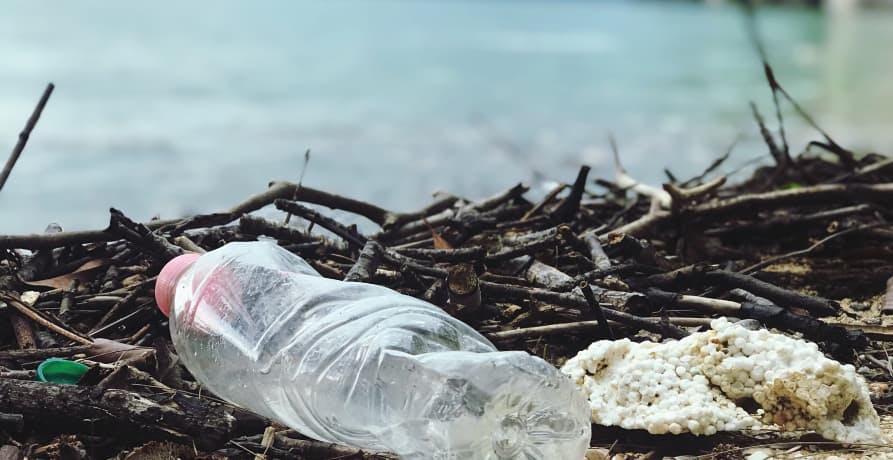
Climate change is causing a whole host of problems - from rising temperatures and increased levels of CO2, to increasingly frequent and severe weather events such as drought, flooding, and storms. There is no part of the world that isn’t affected in some way by climate change.
The changing environment means that existing species and ecosystems are having to adapt. We’ve already touched on how the warming environment is causing some species to migrate and change their habitat. Other examples of climate effects include changes in reproductive cycles and patterns, something that can have dire consequences - for example reproductive cycles often align with food availability, so where these change, this can mean that there are insufficient resources for survival.
Rising temperatures in our oceans are also causing the irreversible loss of marine life and ecosystems. The entire existence of coral reefs is under threat - in the past 150 years the amount of reefs in our oceans has halved, and further warming threatens to completely destroy what remains. With a global temperature rise of 2℃, 99% of coral reefs will disappear.
Our planet has already experienced five such events in the past - the most recent one took place 65.5 million years ago and wiped out the dinosaurs. Some experts now believe that we’re experiencing a sixth mass extinction event. Alarmingly, the current species extinction rate is between 1,000 and 10,000 times higher than natural rates.
All previous mass extinction events were caused by natural phenomena such as severe glacial periods, tectonic shifts, intense volcanic activity, and asteroid impact. What’s different with this ‘sixth extinction event’ is that it's being driven by human activity - and more specifically through the unsustainable use of the Earth’s resources.
As it stands, humans have altered 40% of all land for the purpose of food production. Agriculture is also responsible for as much as 70% of the world’s fresh water use, and is the driving force behind 90% of deforestation. The icing on the cake is that these practices also contribute to global warming - the food industry is responsible for a third of all global carbon dioxide emissions (second only to the energy industry). And global warming is causing its own catastrophic consequences, with more severe weather events placing undue stress on ecosystems and threatening the biodiversity of our planet.
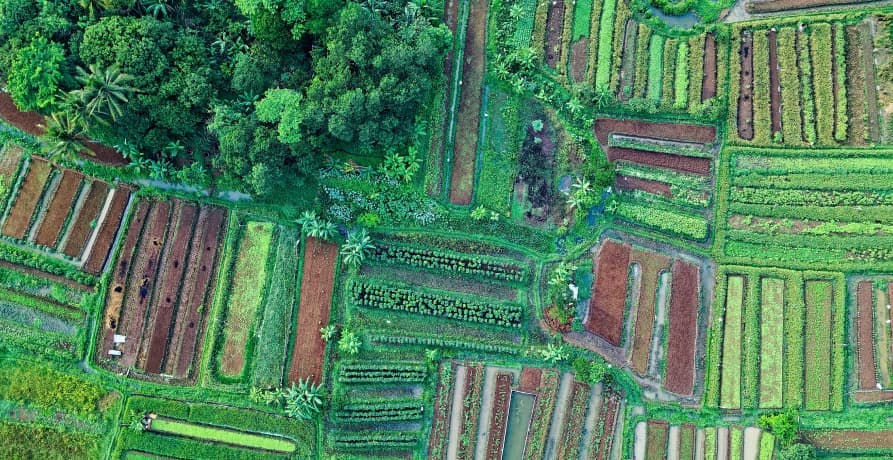
Biodiversity is crucial for the health of our planet, and also the health and survival of humankind. A complex and interconnected system that supports every living thing on earth, by altering individual components of this system, we threaten the entire ecosystem. In the section below, we take a look at some of the impacts of biodiversity loss on humankind:
The impacts of biodiversity loss on human health and wellbeing are extensive and profound. One example of this can be seen in the potential loss of natural chemicals and genetics, both of which are crucial components in medicine and medicinal research. We’re potentially losing out on the opportunity to discover new treatments and medicines and may face shortages when it comes to existing drugs.

Biodiversity plays an important role in food production. We’ve already discovered just how important pollinators, invertebrates and microorganisms are for the production of a whole variety of crops, and how they impact things such as nutritional value. High levels of biodiversity are essential for the maintenance of food supply and human nutritional intake. Human health will be severely impacted if these species start to die.
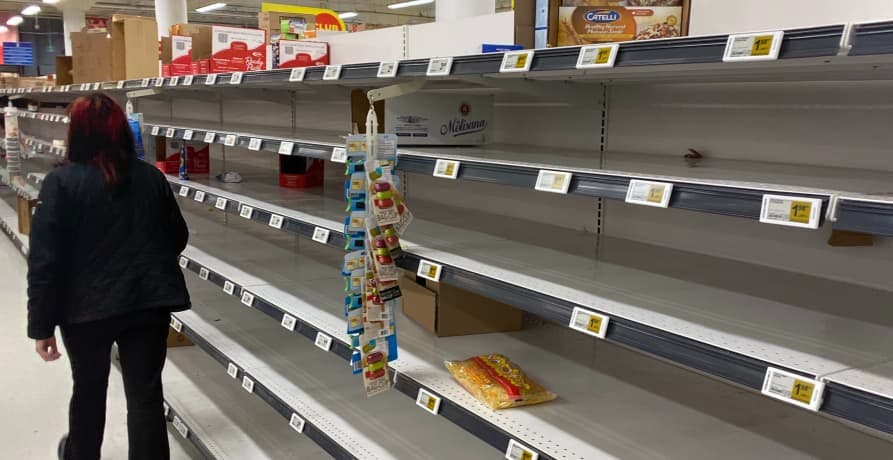
By altering ecosystems we disturb the balance of different species, resulting in the decline of some but also the increase of others. Infectious diseases are sensitive to these changes and human activities - such as deforestation, change in land use, urbanization, the use of pesticides etc. - can increase the spread of infectious diseases and pests.

Biodiversity helps to protect our environment against some of the worst effects of climate change: plants, trees and healthy soil can prevent flooding by helping to soak up some of the excess water; trees and our oceans act as carbon sinks, working to absorb some of the rising temperature and to capture carbon emissions - these are just a couple of examples of the ways in which ecosystems help to protect us from the ravages of climate change.
If we allow ecosystems to degrade and disappear we’ll speed up the effects of climate change, resulting in increasing incidences of extreme weather events such as flooding, drought, and storms.
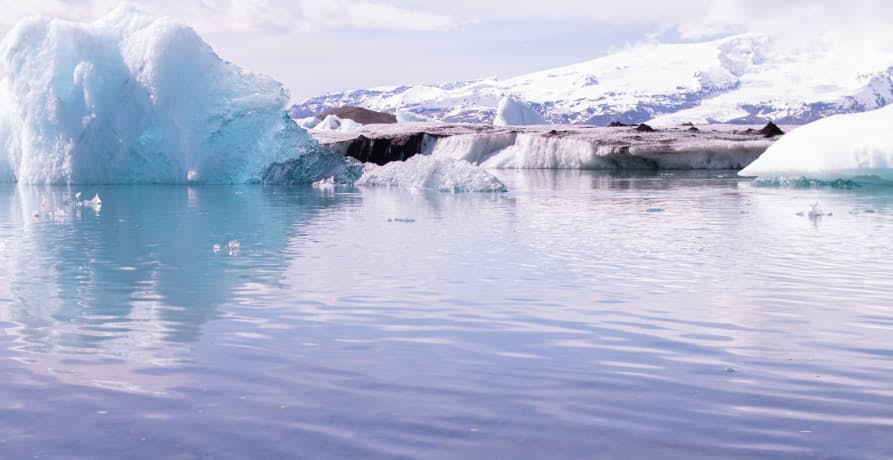
The interplay between our environment and survival is clear. We depend on it for resources such as food, water and medicine, and it is often a source of income for communities. This means that where biodiversity loss is severe, whole communities of people may be forced to move in order to seek out these basics of survival.
Increased migration is not just traumatic for those who have to leave their homes and communities, it can also place undue strain on those already living in the areas they are forced to migrate to. Increased demand for resources can even result in conflict, and makes political turmoil more of a risk as well.
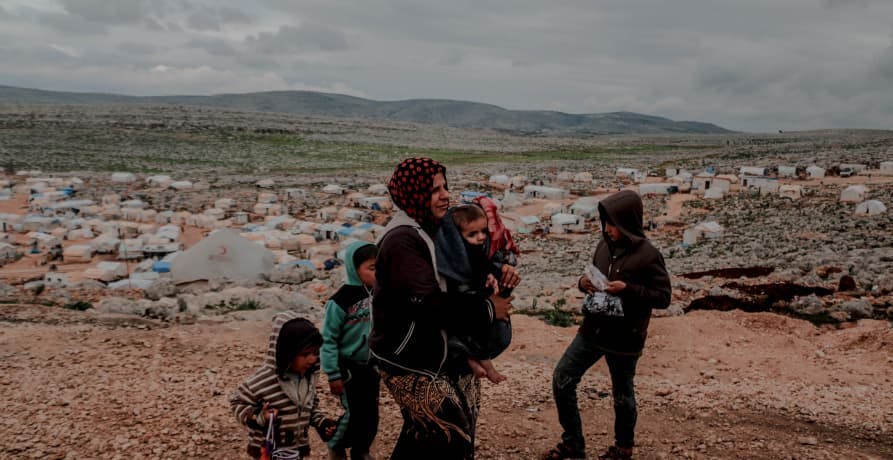
The situation sounds dire - and you’d be right to worry. If we don’t do something to change course, we will continue to experience the loss of biodiversity at an alarming rate. Urgent action is needed to halt the process. Thankfully governments and international bodies around the world are stepping up to try and protect Earth’s biodiversity.
One of the most important global protections for biodiversity is the United Nations Convention on Biological Diversity (CBD). A multilateral treaty that aims to conserve Earth’s biodiversity and promote the sustainable use of its resources.
Members of the UN CBD met in December 2022 at COP15 in Montreal to determine a Post-2020 Global Biodiversity Framework that establishes ambitious new goals and that works towards the achievement of the UN’s Sustainable Development Goals. The agreement marks an important milestone in the protection of Earth’s biodiversity and commits to the protection of 30% of terrestrial and water bodies. It’s now up to governments to implement effective protections at a national level.
But the choice is clear, act now or face irreversible consequences when it comes to biodiversity loss.
At Greenly we can help you to assess your company’s carbon footprint, and then give you the tools you need to cut down on emissions. Why not request a free demo with one of our experts - no obligation or commitment required.
If reading this article has inspired you to consider your company’s own carbon footprint, Greenly can help. Learn more about Greenly’s carbon management platform here.